Hard drives, just like all electronic and mechanical devices, can die for many reasons. Unless you are a hardware engineer or a tech-obsessed geek, you probably mostly care about how to get your precious files back, instead of figuring out the exact cause of your hard drive’s demise. That’s exactly what this guide will help you with. We will walk you through a hypothetical recovery scenario of a dead hard drive and show you in detail what you need to do.
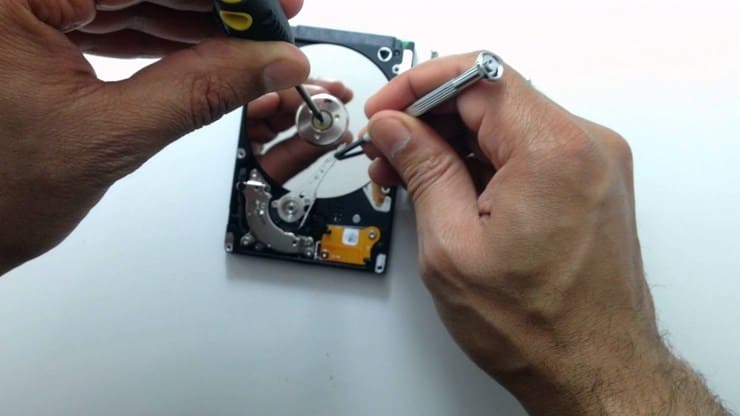
How a Hard Drive Becomes Dead or Damaged
Unlike solid-state drives that use memory cells, hard drives use rotating magnetic platters to store your data. A head moves across the platters to locate where data is stored so it can be read by your system. Suffice to say, there are a lot of moving parts.
Here are a few reasons why a hard drive can become dead or damaged:
- Physical damage – Given that hard drives are made of moving parts, physical damage can easily render your hard drive unusable if one of the platters inside becomes misaligned or scratched.
- Data corruption – Corruption is a form of logical damage. Corruption can occur to individual files, as well as the entire file system. If a file system becomes corrupted, your hard drive won’t know how to access your data, rendering it unreadable.
- Malware attack – Malware, like viruses, comes in many forms. In some cases, it can attack your files or format your entire drive. One such example is the Annabelle ransomware virus, which is capable of encrypting your files and locking your PC.
Your chances of recovery depend on the type of damage and how extensive it is. Some damage can be repaired fairly easily, while in other cases recovery can be impossible.
Before We Begin: Steps on How to Recover Deleted Files from Dead Hard Drive
Before looking at ways to recover data from your dead or damaged hard drive, there are two preliminary steps you must perform to prepare the hard drive for recovery.
Step 1: Connect your dead hard drive to a PC
If you have two hard drives in your laptop or computer — perhaps one for your operating system and one for your files — you can safely skip this step. However, if the dead hard drive contains your operating system or it was given to you by a friend or relative, you need to connect it to a working computer.
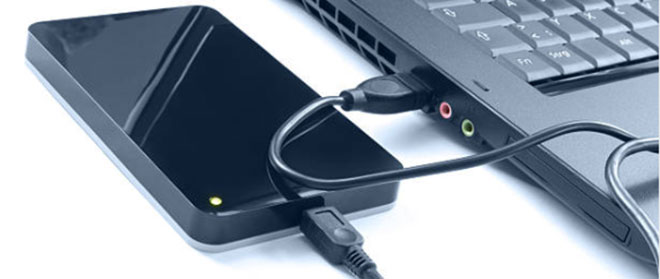
Owners of desktop PCs can open the case and connect the corrupted hard drive using a SATA cable, which is a computer bus interface that connects host bus adapters to mass storage devices. You can buy a SATA cable either online or in your local hardware store. One end of the cable goes to the hard drive and the other goes to the motherboard. There’s really no way how you can connect it in a wrong way, so don’t worry.
Laptop owners can purchase an external USB cradle designed to accept all commonly used types of hard drives. The advantage of a cradle like this is its convenience. The hard drive simply slides in and the cradle itself connects to your laptop via a regular USB cable.
Step 2: Assessing the Damage
With the malfunctioning disk connected to a working computer, you have everything you need to evaluate the scope of the damage. In some cases, the hard drive will show up as another storage device, and you will be able to transfer all files from it.
That could happen because it’s not the hard drive that’s faulty but the operating system installed on it. Unfortunately, most data recovery cases are not that simple. The content of the hard drive is often visible, but Windows or Mac OS X is unable to transfer data from it. Even worse, the disk might appear to be empty. What you need, then, is a data recovery software solution designed to deal with scenarios like this.
Step 3: Recover Files from Dead Hard Drive Using Disk Drill
When everything else fails, Disk Drill comes to the rescue. In the large sea of file recovery programs and apps, Disk Drill stands out with its polished user interface that allows anyone to recover files from external hard drives or SD cards or just about any other storage device in just a few minutes.
To Recover Deleted Data from a Damaged Hard Drive:
- Download & Install Disk Drill on your PC.
- Select your hard drive & click the ‘Recover’ button.
- Preview files.
- Select & save your files.

In fact, it takes just a few seconds to tell Disk Drill what to do, followed by a short wait while the program applies its advanced data recovery algorithms to restore over 400 file types, allowing you to select what you want to recover and what you don’t need.
Other Methods to Recover Deleted Files from Dead Hard Drive
Recovery never comes with a 100% guarantee. But, there are a lot of different solutions you can try to get your data back. Let’s start with the easiest method and work our way down.
Method #1: Check the Recycle Bin
The first place you should check is the Recycle Bin. When a file is deleted, it will be sent to the Recycle Bin instead of being permanently deleted immediately. The only time this isn’t true is if the Recycle Bin is full or the file is too large to be sent there. Therefore, before you move on to the next methods, check your Recycle Bin by following the below steps.
- Open Recycle Bin from your Desktop.
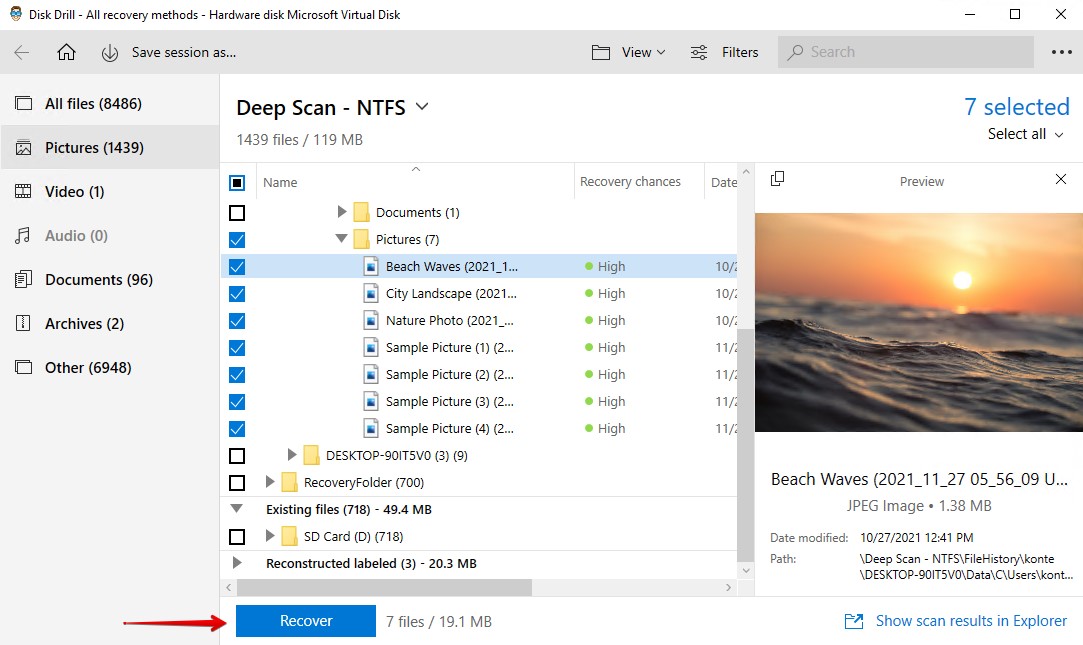
- Right-click your file and select Restore. If recovering multiple files, hold CTRL and click each file before right-clicking.

When you click restore, it will restore your files back to their original locations. Alternatively, you can drag the files from the Recycle Bin to a location of your choice. If your files couldn’t be retrieved from the Recycle Bin, try the next method.
Method #2: Restore From a Backup
Restoring from a backup is the easiest way to retrieve your data. Of course, it’s only possible if you have a backup to recover the data from. Windows equips you with the backup utilities to back up your data from the start, but they need to be configured first. One such tool is File History, which takes snapshots of your files and allows you to restore a working version of them.
If you had File History enabled, follow these steps to restore a copy of your files.
- Navigate to the folder that once held the files. Click History in the Home tab.
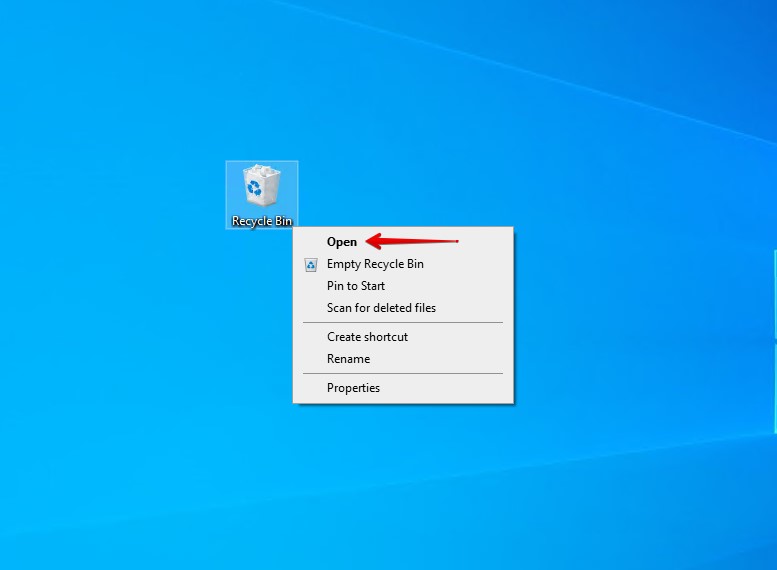
- Using the navigational arrows, go to a point in time where the files were in the folder. Select what files you want to restore, then click the green restore button.

- Once restored, you will find the files back in the folder.
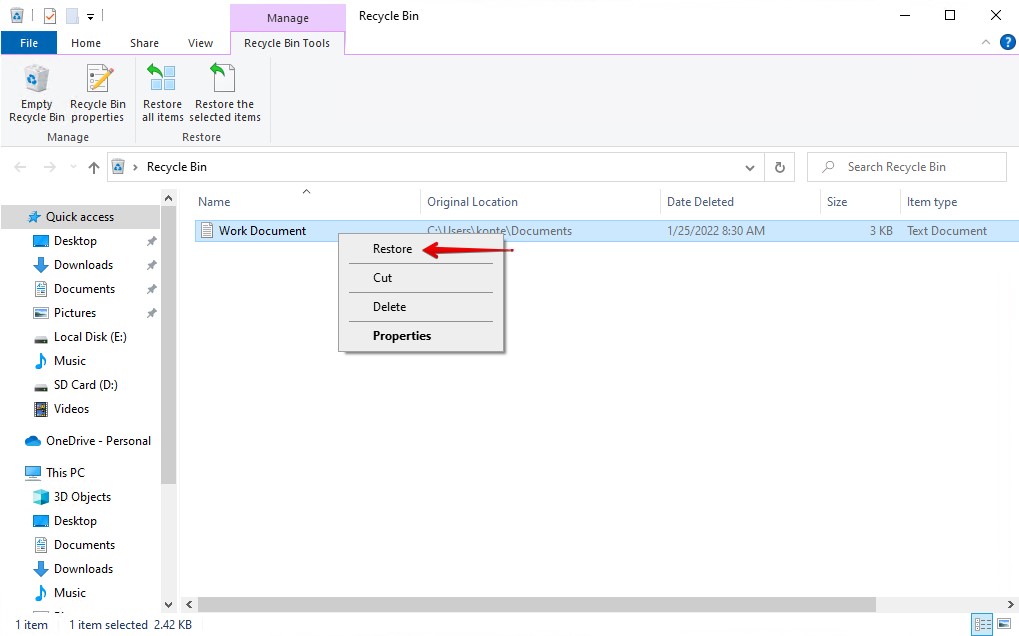
How to Repair a Corrupted, Damaged, or Dead Hard Drive
While some forms of damage can put your hard drive in a state that’s beyond repair, some corrupted, damaged, or dead hard drives can actually be restored. Once you’ve recovered your data from the drive, try some of the below solutions to see if it can be fixed.
Method #1: Repair Using CheckDisk
CheckDisk is a file system repair utility that can be used to repair logical errors on your drive. Using parameters, you can instruct CheckDisk to scan your drive for errors and automatically fix them. This includes the ability to locate bad sectors and mark them as unavailable space so no data is saved there accidentally.
Follow these steps to repair a drive’s file system using CheckDisk.
- Right-click Start and select Windows PowerShell (Admin). Click Yes if prompted by UAC.

- Type chkdsk /f /r D:. Replace D: with the letter of your own drive. Press Enter.
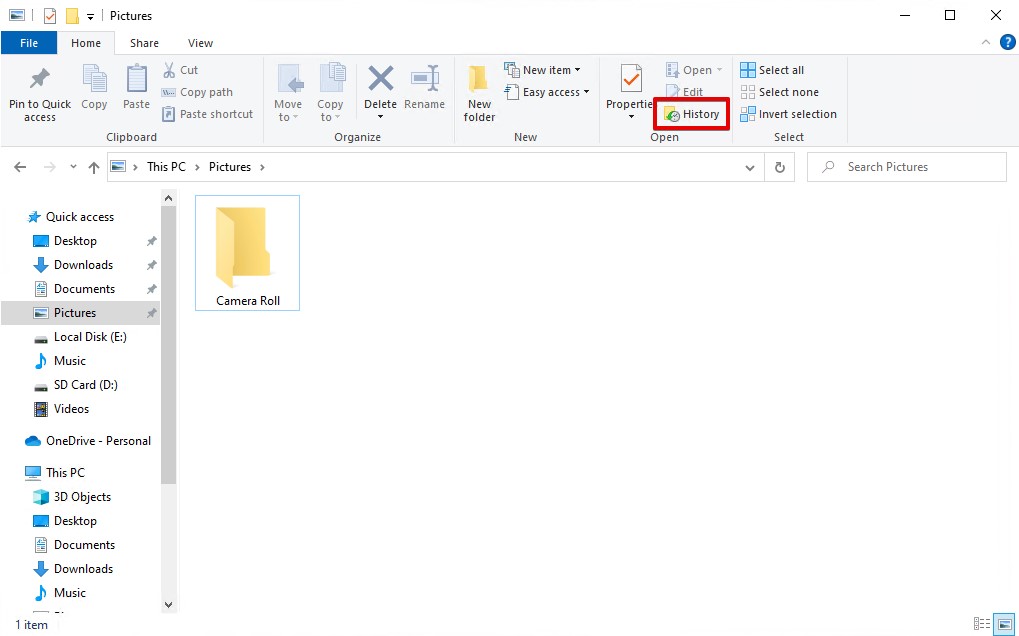
After running the command, it won’t take long to complete (longer drives may experience longer wait times). See if the damage is repaired once the process is finished.
Method #2: Fix Damaged Windows Files
If any of your Windows files have become corrupted or missing, it could prevent your system from running correctly. In such cases, you can use the System File Checker (SFC) utility. Like CheckDisk, the SFC utility is another tool included in Windows. But, instead of fixing file system-related issues, it can scan for missing or damaged Windows system files and restore them.
Use these instructions to restore damaged or missing Windows files using SFC:
- Right-click Start and select Windows PowerShell (Admin).

- Type DISM.exe /online /cleanup-image /restorehealth and press Enter. It will take a few minutes. This command uses Windows Update to pull the files that are used to fix corruptions.
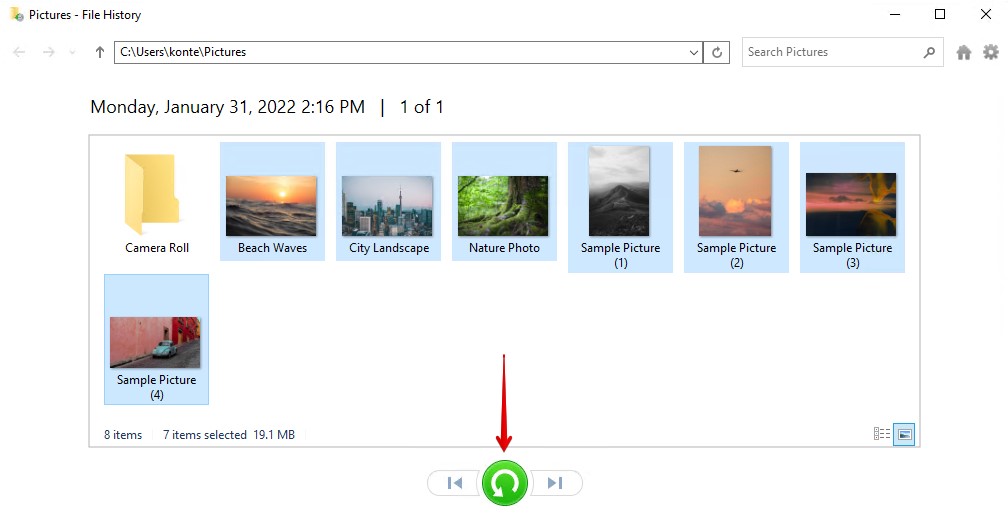
- Type sfc /scannow and press Enter. This command will scan all system files and replace any corrupted ones with working versions.

Method #3: Scan for Viruses
As we mentioned earlier, viruses can be the culprit behind the damage your drive has sustained. Scanning your drive for viruses may be the solution to restoring it to working order. If you don’t have an antivirus program installed, you can make use of Windows Security.
Follow these instructions to scan your drive for viruses using Windows Security.
- Press Windows Key + S and search Windows Security. Open it.
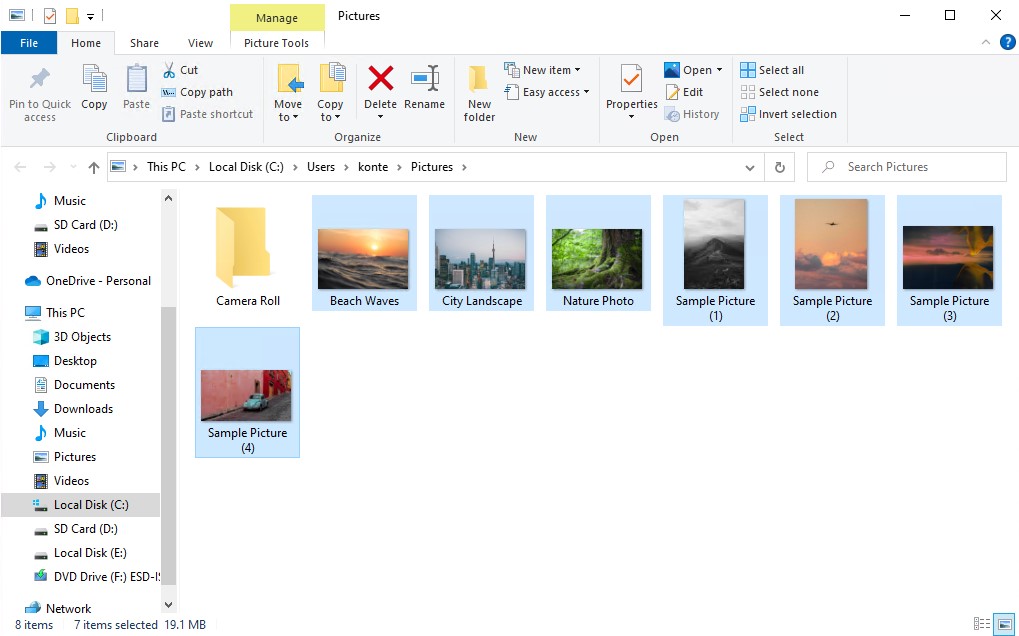
- Click Virus & threat protection.

- Click Scan options.
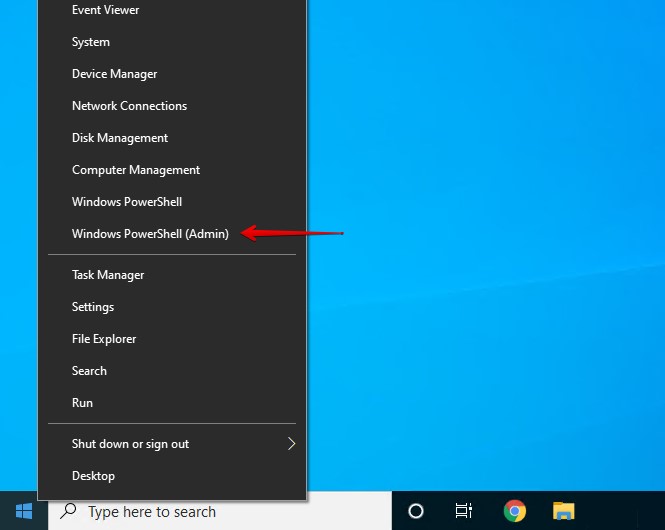
- Choose your scan type. A Full scan is the most effective. When ready, click Scan now.

Conclusion
If your hard drive is facing problems, it doesn’t necessarily mean it’s the end. Many logical issues you encounter are easily fixed if you know what to do. However, physical damage can prove more troublesome.
If your drive has sustained physical damage and all methods in this article have failed, consider reaching out to a data recovery center to have a professional see what further options are available.